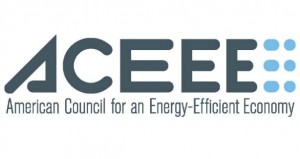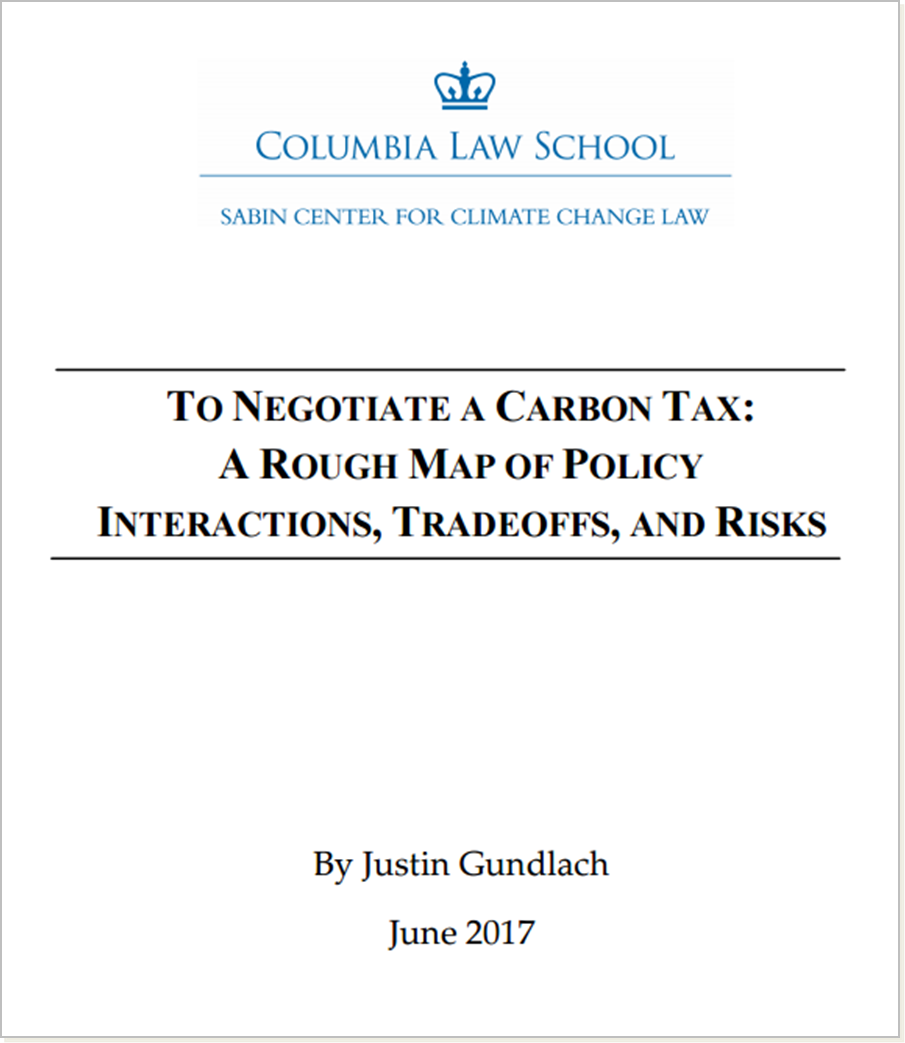 Jonathan Allen
Jonathan Allen
Sabin Center Summer Intern
The American Council for an Energy-Efficient Economy (ACEEE) has a simple message: there are still bushels of low hanging fruit to be plucked for states looking to lower their carbon emissions. A 27% reduction in the U.S. power sector emissions rate is possible by implementing three well understood energy saving measures: energy savings targets, small and medium combined heat and power, and building energy codes. This is good news as the EPA’s Clean Power Plan calls for a 39% reduction in carbon emission rates for existing power plants by 2030, as compared with the 2012 baseline rate of approximately 1,650 lbs/MWh. The ability to achieve two thirds of that goal through concrete, currently available means should make things a little easier for state regulators.
Under the EPA’s proposed Clean Power Plan, states are given flexibility in how they achieve compliance with the overriding federal mandate that emissions be reduced to a particular level. This creates the opportunity to tailor reduction strategies to target both “inside the fence” and “outside the fence” improvements. Traditionally, regulation of power plants happens on the inside without consideration for end-use improvements. Insisting on such an approach would not only diminish the flexibility and creativity of regulators in working to mitigate a dire threat, it wouldn’t properly incentivize the production of so-called negawatts, or energy that doesn’t need to be produced in the first place. The ability to earn credit for unproduced energy against a baseline of emissions is a key benefit that takes place “outside the fence.”
In addition to a wide variety of options, state regulators may also be confronted with a short timeline and limited resources. Some states are concerned about their inability to analyze and deliberate on every available option, and feel they need to take actions that are low-risk and reliable. What the work of the ACEEE demonstrates, though, is that pursuing energy efficiency is the common sense solution by virtue of the fact that it is cheap, effective, and available. In spite of the legal challenges to the EPA’s authority to regulate in this broad fashion, it is still in the best interests of states to move toward reducing their demand for electricity.
As noted above, a 27% reduction in emissions is possible using three measures: energy savings targets, small and medium combined heat and power, and building energy codes. Energy efficiency resource standards (EERS) are responsible for 19% of the contemplated 27% reduction. EERSs establish specific, long-term energy savings targets for utilities and third-party program administrators to meet. Often these targets are accomplished through utility-driven demand side management (DSM) programs, which seek to change consumer demand for energy through financial incentives and other techniques. For example, consumers could receive rebates for purchasing energy efficient appliances or weatherizing and retrofitting their homes to make better use of the energy utilities provide. With judiciously set targets, progress and improvements can be made according to what is most cost effective and on a scale that a detailed top-down mandate would overlook. Currently, 24 states utilize long-term EERS with binding and substantial efficiency targets. EERS policies are generally on track to meet the targets that have been set for them.
Building energy codes establish minimum efficiency requirements for new and retrofitted buildings. Incorporating improvements in building design has the advantage of reducing energy use over the long life of a building, but without a code mandating such improvements builders shy away from large up-front costs that pay off in the long term. Marshaling technical expertise and implementing updated building energy codes would lead to a 6% reduction in emissions, the ACEEE estimates.
Combined heat and power works to recycle thermal energy typically lost from electricity production. This excess heat can then be used for industrial processes that require it or used to generate more electricity. In addition, combined heat and power generates electricity on-site so it does not require transmission from a central power station. Combined heat and power has an estimated additional capacity of 50 gigawatts that could be reached by 2020, which would potentially produce annual savings of $77 billion if pursued as a priority. It accounts for a 2% reduction in the ACEEE analysis.
Overall, the ACEEE finds that energy efficiency programs could reduce energy consumption by approximately 22% relative to projected 2030 sales. This is considerably different than the conclusion reached by the Energy Information Agency (EIA) in a study released last May, which found that increased energy efficiency could reduce US electricity use for buildings by 2.6% in 2030. The disparity between the ACEEE and EIA estimates can be explained by methodological differences in the two studies. Mainly, the EIA estimate does not take into account several of the available opportunities to reduce energy use, instead factoring in mostly simple equipment upgrades without making adjustments for improved future technologies. The EIA analysis also did not incorporate existing energy efficiency programs on track to make reductions.
Another attractive feature of energy efficiency reductions, according to the ACEEE, is that they are the cheapest source of energy available. Efficiency measures cost on average only 2.8 cents per kilowatt hour. To generate the same amount of electricity from fossil fuels would cost two to three times as much. The ACEEE projects that with each dollar invested in efficiency, customers could see a $1.24 to $4.00 return paid back in negawatts, pollution reduction, and reduced need for additional electric generating capacity.
Given the situation state regulators have found themselves in, the advice of the ACEEE seems well considered. If cheap, currently available techniques are effective in meeting a pressing mandate for, it seems like the best option would be to gather these low hanging fruits first. According to their state-by-state study of four efficiency policies, which included the additional practice of adopting standards for products and equipment, these policies would create 611,000 new jobs. The benefits have been quantified, the technology is known, and ACEEE sees no need to delay planning and implementation.


